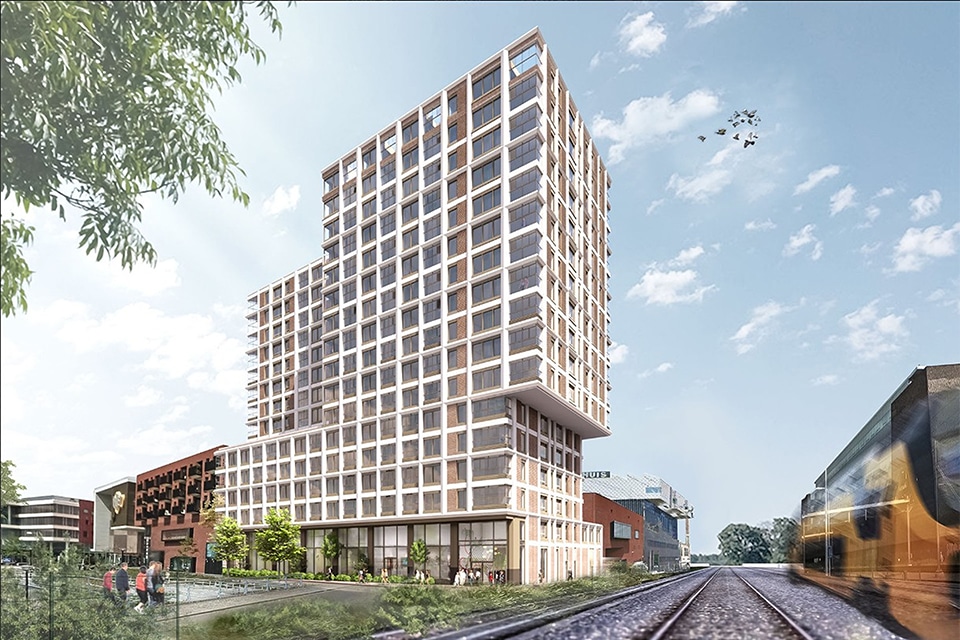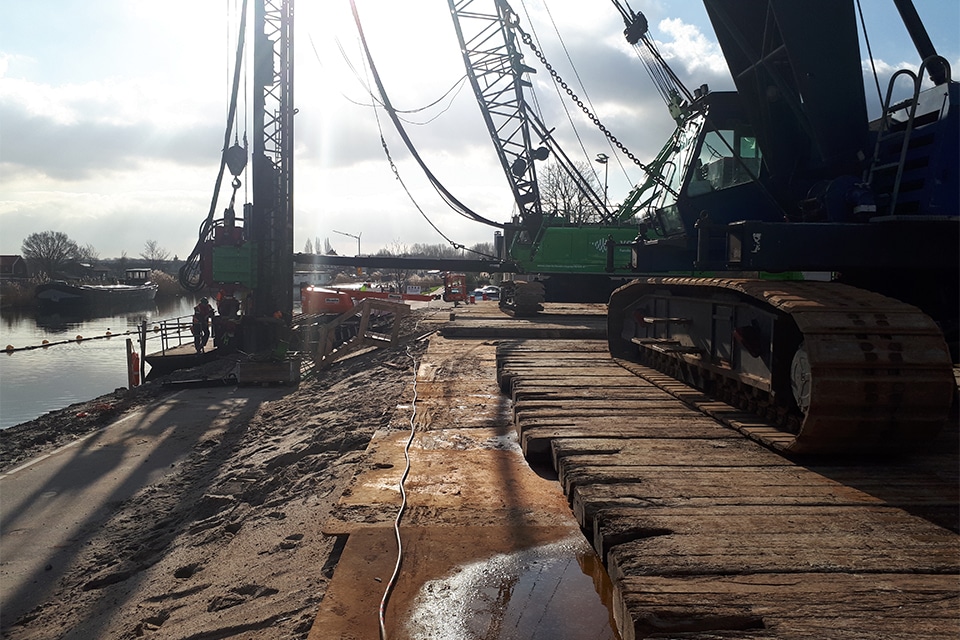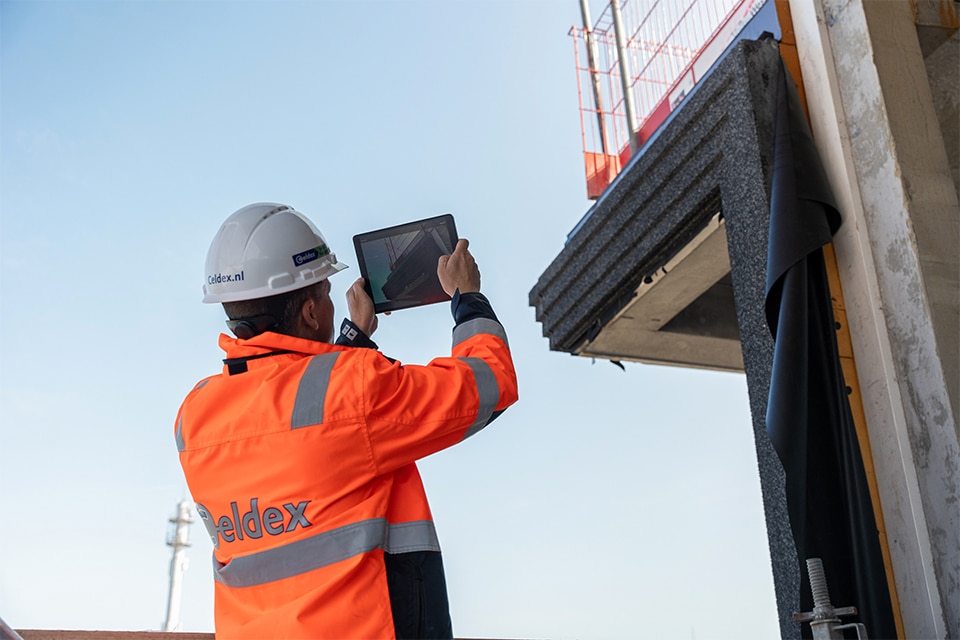
Monument maintenance: here's what to think about
Anyone planning to do monument maintenance had better read up. There are all kinds of rules and restrictions that a monument owner must follow. These are the general rules. Per municipality or even per property, the rules may differ.
Creating checklist for inspections
Basically, it is best to work according to a checklist when it comes to maintenance. In addition to the general tips, there are often restrictions and rules surrounding the monument itself or local ordinances that apply. Look for the rules around the monument and make a checklist of them.
This also allows owners of monuments to conduct their own inspection, which is broadly similar to what an inspector would do. To do this, owners (and inspectors) can use, for example, the Inspection app from Incontrol use.
Finding a specialist for building archaeological research
Maintaining monuments is a trade in itself. Not just any contractor or craftsman can do the job. It is important to hire a contractor who is specifically knowledgeable about restoring monuments.
Some of these companies can be found in the 'Knowledge&Knowledge Registry'. Those who choose a company from this registry are assured that the work will be done properly and in compliance with the rules surrounding monuments.
To know what can and may be done, a building archaeological survey may be necessary. A buildings archaeologist will then research the property. He can give advice on which parts of the building should definitely be preserved and which parts are less important.
Perform maintenance on floors, roofs, and the facade
Anyone wishing to perform floor maintenance should keep in mind that the original floor should be preserved as much as possible. In addition, it is important that the changes should also be able to be undone. Whoever opts for a completely new floor must also consider the rest of the building: do the floor and the rest of the building still form a unit?
Many Dutch people are true do-it-yourselfers and think they can repair or maintain a roof themselves. In practice, this often turns out to be difficult, because roof maintenance must take into account the condition of the monument. Insulating historic roofs, for example, is complicated because it often has unforeseen consequences for the building's moisture management. Therefore, it is always advisable to have a monumental roof done by a professional.
The facade is perhaps the most important part of the monument: it is the face, the business card. When maintaining the facade, care must be taken. Cleaning the facade, removing graffiti or waterproofing a facade can lead to damage. Remember that it is also not permissible to change the appearance outright. For example, in some cases historic window frames must be preserved.
When doing maintenance, consider the charms of the building. For example, do not glue wooden window frames, but use a historically proven, dismountable joining technique, which also allows the building to be restored to its original state. Speaking of window frames, it is best not to replace steel window frames with thicker profiles. That almost always detracts from the architecture.
Working on a multi-year plan
Performing a few times maintenance on the monument is not good enough. Work on a multi-year plan, and have this maintenance plan prepared by a specialist. This plan forms the basis for preventive maintenance.
The convenience of a multi-year plan is that the maintenance of items that have a connection to each other can be linked. Of course, a multi-year plan is also subject to renewal. Monument owners can update the plan annually.
Regular inspections
Monuments are regularly inspected. An inspection follows the procedure described in the Inspection Manual for Monuments. What does an inspector look for?
An inspector first looks at the exterior of the monument: how do the masonry, painting and gutters and drains look? Sometimes the inspector also finds leaks. In addition, the inspector pays attention to the surrounding grounds. Think about garden walls, fencing, vegetation and paving.
The roof also receives special attention during an inspection. Leaks, mold infestation and wood-boring insects are looked for. Some minor repairs (such as cleaning a clogged gutter) are done right away.
The inspector also looks at the inside, of course. Are there any moisture spots, cracks or piles of drilling flour? Are the characteristic elements still visible? How do the stairwells, stucco ceilings, murals and tile floors still look? Monuments watchers look at each property with a critical eye.



